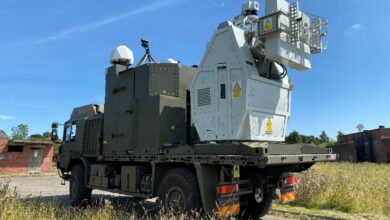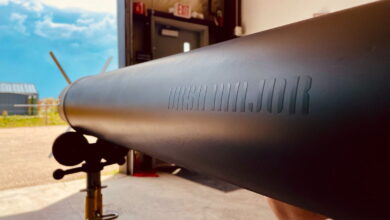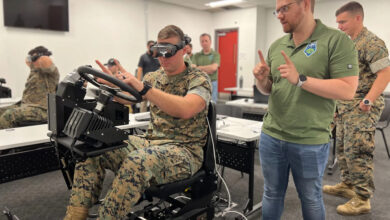DARPA to Develop ‘Self-Repair’ Capability for Military Structures
The Defense Advanced Research Projects Agency (DARPA) plans to develop a bio-inspired “self-repairing” technology for deteriorating concrete structures.
The capability will reportedly be integrated deep within aging military facilities such as missile silos and airfield pavement to extend their usability.
The initiative is part of the Bio-inspired Restoration of Aged Concrete Edifices (BRACE) program, which offers a crack-fixing capability to the US armed forces.
Selected technology firms will collaborate with DARPA to operationalize “vascularizing effectors,” agents that form structures and connections in concrete facilities to improve durability.
According to the Pentagon’s research arm, the process of “self-repair” must be similar to how vascular systems in nature move nutrients and support healing in living organisms.
Potential partners for the program must submit full proposals for the biotechnology-based innovation by June 17.
Retaining Strategic, Operational Value
BRACE program manager Dr. Matthew Pava explained that most US military infrastructure was built in the mid-20th century.
He said that the country’s ability to replace all of them with new, modern facilities on a short timescale “is not just there,” so the need to retain the infrastructures’ strategic and operational value remains.
“So, to that end, what we wanted to do on this program is to explore whether it’s possible to create a technology that can extend the longevity of extant infrastructure,” Pava told FedScoop.

Potential Challenges
DARPA is aware that the move to develop a “self-repairing” tech for military infrastructure could face many challenges.
One difficulty involves gaining access to the interior deep within massive concrete structures, where “healing substances” can be inserted to fix cracks or other issues.
Pava revealed that all firms interested in participating in the program are tasked with developing a strategy that will form a vascular structure in concrete and anticipate cracks in an aging piece of concrete.
“What we’d like to see is if we have a technology that can be applied to existing aged concrete to initiate a prolonged repair capability,” he said. “Can we kind of adapt that or develop a related technological approach that speeds up the time scale of a repair, such that we can extend the durability of repairs made in that austere expeditionary setting?”












